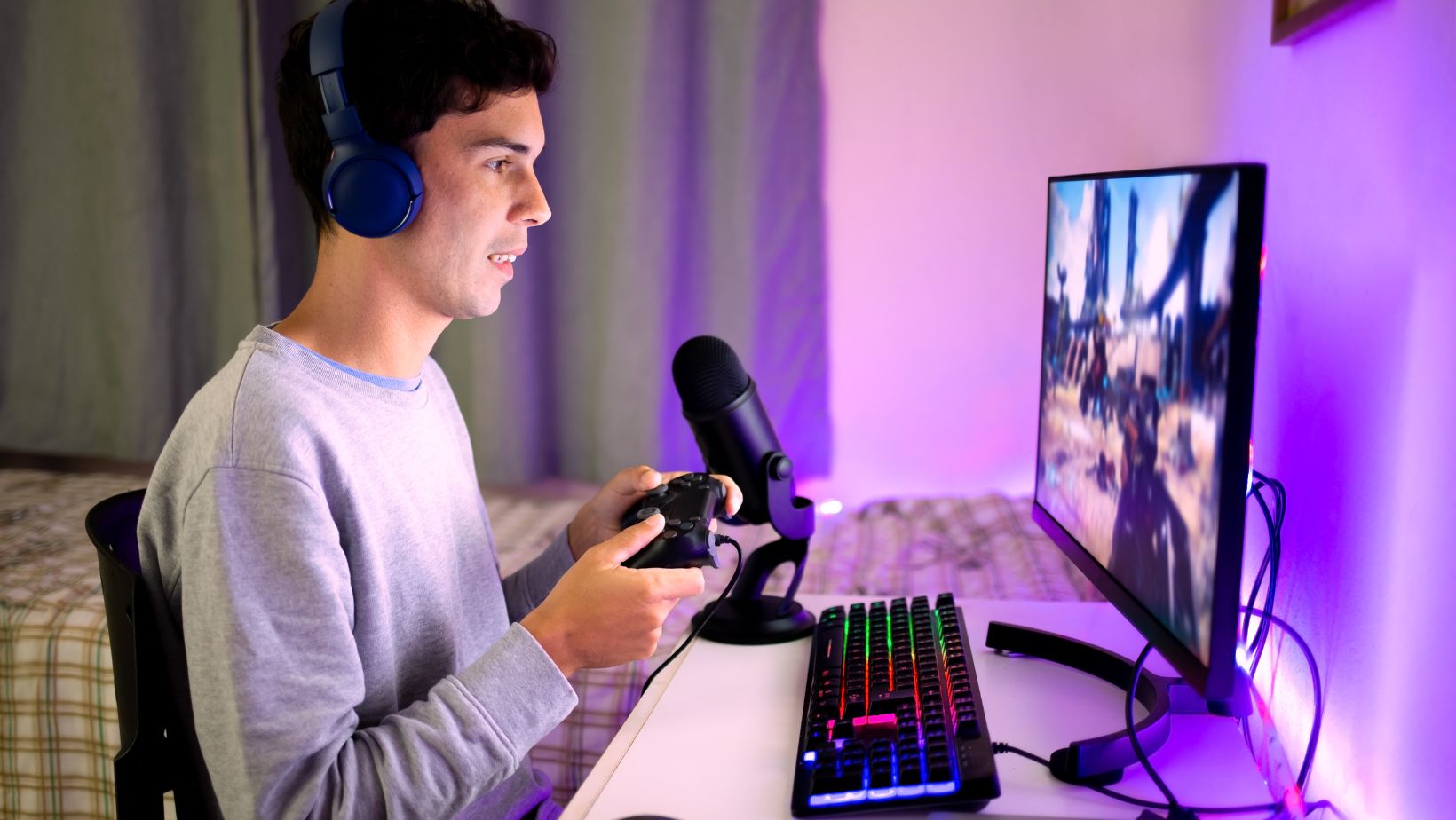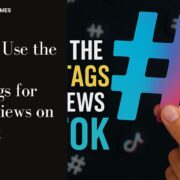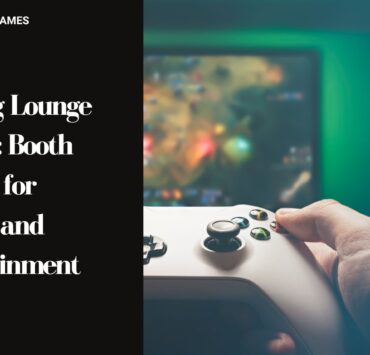For years, the streaming world ran on the idea of “more.” More shows, more platforms, more ways to binge movies, music, and games. It was a battle between originals and exclusives, with each platform committed to outdoing the last. But in recent times, users have struggled with subscription fatigue and overload amid these endless choices. One opens a streaming app and is spoilt for options, so you scroll for minutes, and end up picking nothing. The thrill of using these platforms has thinned, and even the biggest names are fighting not just for attention but for survival. In the midst of this chaos, the question on the minds of many streaming giants is “What’s Next?”
This question is quietly reshaping the industry. Platforms are now less focused on amassing subscriber numbers and putting out the best catalogue. Rather, attention has shifted to controlling the streaming ecosystem itself. As 2025 draws to a close, platform ownership will be less about what we watch and more about where, how, and on whose platform we do it.
Table of Contents
ToggleFrom Licensing Battles to Ecosystem Control
The early days of streaming were built on borrowed content. Industry giants built their empires this way: licensing great shows and making them easily accessible to an ever-eager audience. Netflix thrived on these licensing deals, putting together an irresistible library of hits from other studios. Spotify brought together millions of tracks, both legendary and contemporary, under one roof. Gamers could also turn to cloud services like Xbox Game Pass for instant access to gaming libraries. Even users who wanted more niche streaming offerings, like casino gaming, could turn to online casino real money platforms that boast a rich selection of numerous provably fair games from top developers, bonuses, and the luxury of playing and winning real money, even cryptocurrency, from the comfort of home.
Studios, however, discovered the value in their content and the need to profit directly from it. This led to the race for exclusive content. Disney pulled back all its titles, Amazon built a whole world of entertainment around Prime, Apple tied Apple TV+ and Apple Music to its ecosystem, and even gaming studios started putting up walled environments around their content. The competition has now shifted from drawing audiences to gaining complete control of the entertainment space.
How Streaming Platforms are Owning the Creative Pipeline
Streaming platforms used to rely on the wealth of creativity in the marketplace. They collaborated with studios, production houses, writers, music labels, and, with the rise of alternative marketing, influencers. All they did was deliver the final content to the end users. But as competition grew tighter, platforms moved to eliminate the middlemen entirely. Streamers are becoming full-on creative powerhouses. They produce their own scripts, write their theme sounds, source their effects team, and even develop AI post-production tools to handle everything from dubbing to localisation. Netflix now produces its own films, handling everything from script to subtitle. Also, Amazon’s purchase of MGM for $8.5 billion was not just for its catalogue but to gain full control of its creative infrastructure.

The music and gaming industries are also following suit. Spotify, which was once a neutral music streamer, now invests in producing podcasts and in-house recording spaces. Microsoft and Sony are locking down talent and IP through studio acquisition. Xbox and PlayStation also fund developers to secure unique titles. Owning “original content” now determines how much of the creative pipeline streamers control.
What This Means for Consumers Going Into 2026
Platform ownership is set to transform the streaming landscape in 2026. But its impact will be felt beyond the entertainment space. Everything is becoming connected: music, movies, games, live events, and even lifestyle choices are slowly converging under the same platforms. Amazon allows users to link their Prime subscription to Twitch streams and gain access to retail perks. Netflix is edging into gaming and taking on live streams. Apple also folds its entertainment and streaming options into its broader subscription web. While on the surface this feels like seamless integration, it also creates a sense of dependency.
Users can look forward to more personalized experiences, where the platform’s algorithm doesn’t just shape their entertainment choices. This means entertainment will become more unified but also a lot more closeted. In 2026, streamers will define the boundaries of daily leisure by the extent of content ownership.






